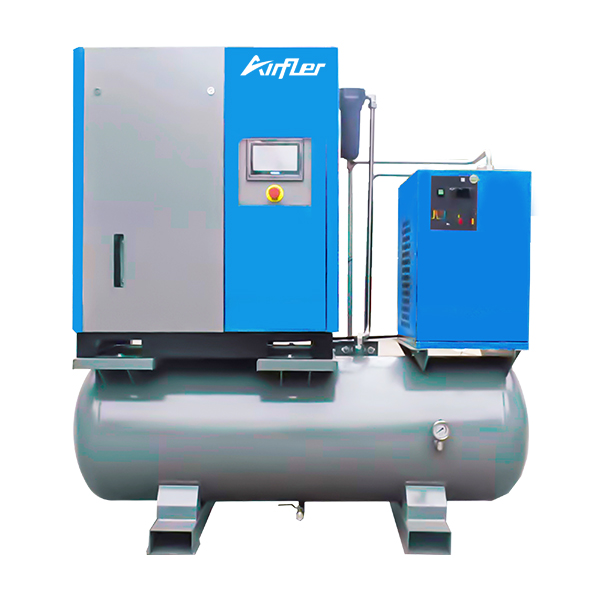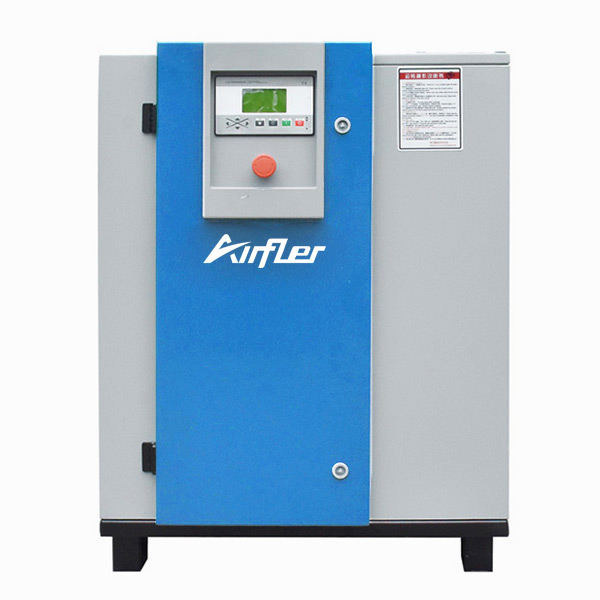Ⅰ. Optimize Operating Environment
Control Airborne Particulate Concentration
Install pre-filters (e.g., cyclone separators or coarse mesh screens) near the compressor air intake to reduce large-particle dust ingress.
Regularly clean dust from compressor room floors and equipment surfaces to prevent secondary contamination.
Reduce Ambient Humidity
Use dehumidifiers or ventilation systems in humid environments to prevent moisture-dust mixtures from forming sludge-like blockages.
For long-term compressor shutdowns, place desiccants inside filter cartridges and store them sealed.
Isolate Chemical Contaminants
Avoid operating compressors in environments with acid mist, oil fog, or corrosive gases. Install chemical adsorption pre-filters if necessary.
Ⅱ. Standardized Operation & Maintenance
Scheduled Cleaning & Inspection
ΔP ≥ 0.5 bar: Clean or replace cartridge immediately.
Abnormal ΔP fluctuations: Check for cartridge damage or seal failure.
Shorten cleaning intervals based on environmental severity (e.g., monthly inspections in high-dust areas). Monitor blockage risks using differential pressure gauge (ΔP):
Proper Cleaning Protocols
Select cleaning methods according to contamination levels (refer to Cleaning Guidelines), avoiding structural damage from aggressive pounding or high-pressure washing.
Ensure thorough drying post-cleaning—residual moisture accelerates dust adhesion.
Mandatory Replacement Policy
Replace cartridges after 1 year of use or 5 cleaning cycles even without visible clogging to prevent aging-induced permeability loss.
Ⅲ. Technical Upgrade Solutions
High-Efficiency Filter Media
Prioritize nanofiber or fiberglass composite cartridges, increasing dust-holding capacity by 30%-50% versus conventional paper filters.
Use oleophobic-coated cartridges in oily environments to reduce aerosol adhesion.
Smart Monitoring Systems
Install IoT-enabled differential pressure sensors for real-time status monitoring and blockage alerts.
Predict optimal maintenance intervals via historical data analysis to avoid over-maintenance.
Optimized Operating Parameters
Adjust compressor load to prevent prolonged overloading (increased dust adsorption during overload).
Regularly calibrate thermal control systems to avoid filter media embrittlement.
Ⅳ. Special Scenario Solutions
High-Dust Environments (Mines, Cement Plants)
Implement 3-stage filtration: Pre-filter (G4) → Main filter (F9) → Post-filter (H13).
Perform compressed air reverse flushing on pre-filters at shift end.
High-Humidity/Rainy Seasons
Add electric heating layers to filter housings to maintain dryness.
Use waterproof breathable membrane cartridges to block liquid penetration.
Intermittent Operation
Execute 3-minute low-load "dust purge" cycles before shutdown to remove loose particles.
Apply silicone-based protective sprays before extended storage.
Ⅴ. Prevention Effectiveness Verification
Evaluate measures using these metrics:
Energy Consumption: Every 0.1 bar ΔP reduction decreases energy use by 2%-3%.
Cartridge Lifespan: Proper prevention extends replacement cycles by 40%-60%.
Downtime Records: Target ≤1 annual shutdown caused by filter blockage.
Conclusion
Effective prevention requires integrated environmental control, scientific maintenance, and technical upgrades, emphasizing dust source management, real-time monitoring, and material optimization. Recommend quarterly professional system evaluations and dynamic strategy adjustments based on operational logs.
 English
English 简体中文
简体中文 French
French English
English Portuguese
Portuguese Russian
Russian Spanish
Spanish






